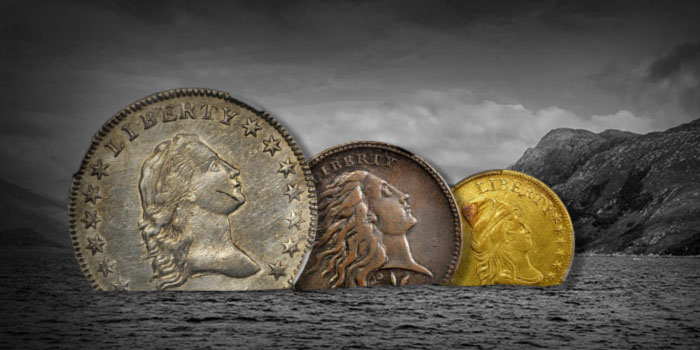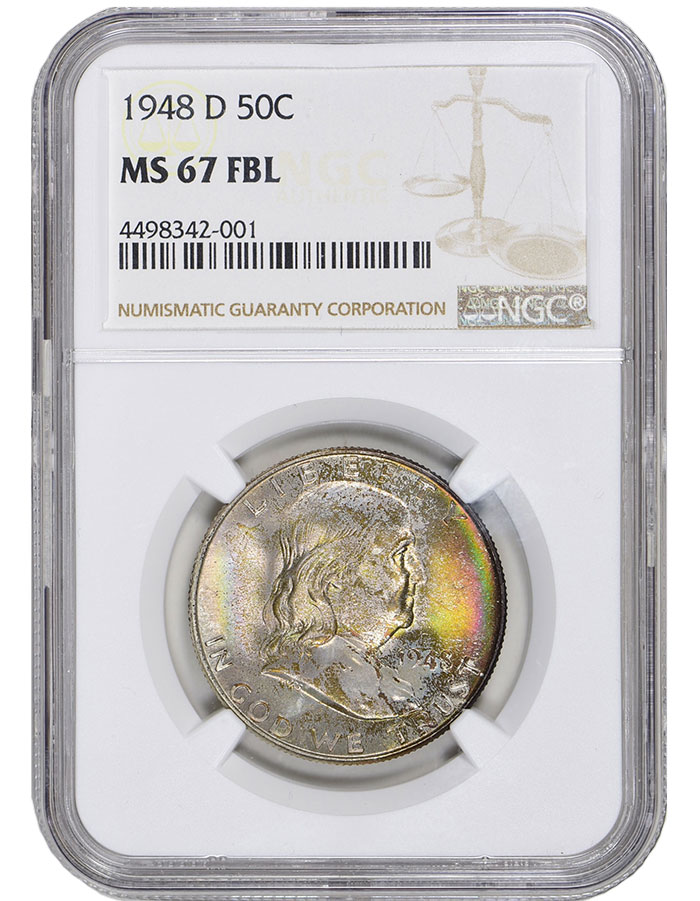
High-quality digital photography has become a game-changer in numismatics
By Jeff Garrett for Numismatic Guaranty Corporation (NGC) ……
Most major players in the rare coin market have been concerned about the COVID-19 crisis’s impact on the US economy. However, numismatics has been flourishing during these challenging times. With so many staying at home with extra time on their hands, coin enthusiasts have turned to the internet to explore their hobby.
The world of rare coins has gone almost entirely online.
Who would have thought a few years ago that a major auction company could sell tens of millions of dollars in rare coins online? Traditionally, buyers would attend major conventions and view lots for several days before making purchases.
That has all changed, and one of the key factors has been the advanced development of quality digital photographs. Buyers can now bid confidently based solely on images provided by online sellers.
A few days ago, I discovered an amazing new tool while checking the status of my submissions to NGC.
NGC is providing extremely high-quality digital images for most Express and Walkthrough submissions. The images are ideal for anyone selling coins online, and I’m sure NGC submitters will warmly receive this new tool. Most rare coin dealers do not have the equipment or expertise to produce images of this quality.
Coin photography has advanced by leaps and bounds in recent years. The earliest regular auction catalogs for rare coins in the United States were printed in the 1850s. These early catalogs illustrated coins using woodcuts, a method used for centuries in all forms of media, from books to newspapers.
However, the limitation of woodcuts is obvious. While it gives an idea of what the coin looks like, it does not provide a detailed appearance. Over the years, I have come across some of the woodcuts used for catalogs, which have become collectibles in their own right.
The Intrigue of Early Auction Catalogs
The first US auction catalog to use photographs was the 1869 Cogan sale of the McKenzie Collection. Over the next several decades, these highly collectible early auction catalogs containing many important collections were auctioned. These early sales, including collections from Chapman, Elder, Mehl, and many others, have been very useful for researchers when studying pedigrees for important coins.
Several years ago, a German catalog from 1884 sold for $4,700 USD, mostly because the catalog was the first to feature a photograph of an 1804 silver dollar, even though it was actually a plaster cast photo because the coin was deemed too shiny to photograph. These catalogs are quite interesting because of the staggering size of collections assembled in the early years of organized numismatics.
The quality of photographs in these early catalogs varied extensively. A recent auction catalog by Kolbe and Fanning offered an example of the 1911 Thomas Elder auction of the William Woodin Collection. Regarding the photography of the Woodin Collection, it stated, “Extremely rare, with remarkable photographic plates painstakingly executed by the multi-talented Edgar Adams, one of the most prolific American numismatic researchers and photographers of the early twentieth century.” The catalog sold for $2,937. The Chapman Brothers were also well known for the quality of photographic plates used in their catalogs.
From 1868 until around the 1970s, most auction catalogs used the same standard black-and-white illustrations. The quality of images varied greatly from company to company.
The Shift from Film to Digital Coin Photography
In 1984, I started a rare coin auction company and found that getting quality photography was quite the chore.
We needed to build a dark room and hire someone to take the pictures. Our first auction catalog used images developed in a bathtub by my partner, Ron Guth. A few years later, Tom Mulvaney joined the company and has worked with me in various capacities ever since. His photographic techniques and skills have evolved over the years, and today he is known as one of the best rare coin photographers in the world.
 I called him about this article and asked when he started using digital photography. When he was a photographer for PCGS in 1995, management approached him about going digital. At the time, the price for a 1-megapixel camera exceeded $35,000. Going digital was sidelined for a few years, until 2000 when Tom bought a 2-megapixel camera for around $2,000. Today, a 20-megapixel camera typically costs under $300.
I called him about this article and asked when he started using digital photography. When he was a photographer for PCGS in 1995, management approached him about going digital. At the time, the price for a 1-megapixel camera exceeded $35,000. Going digital was sidelined for a few years, until 2000 when Tom bought a 2-megapixel camera for around $2,000. Today, a 20-megapixel camera typically costs under $300.
Many photographers, Tom included, resisted the use of digital photography for years because of quality issues. But now that the pixel count has grown, numismatic photography has gone entirely digital.
Today, digital photography is one of the key tools for the numismatics business. Quality digital images are necessary for anyone who lists a coin on eBay, has a website, or produces catalogs. Those who are skillful enough to use software to enhance images are in high demand. Each day, thousands upon thousands of images of rare coins are posted online by rare coin sellers around the world. These range from shoddy phone pictures to impeccable studio images.
Online company sales are evidence of the market desirability for quality digital coin images. Many of these companies pride themselves on the standard of photos they use for their web businesses. I have even heard some of them say they consider how a coin will photograph before making a purchase.
A few rare coin companies outsource images for important coins to get the very best results. Recently, I overheard one of these sellers say that they send the coins to multiple photographers to find the best image possible. It’s sort of like trying to get an upgrade on a coin photo!
Digital Photography Has Done Wonders for the Rare Coin Business
It’s obvious that superior photographs help sell rare coins. As technology improves, there is no telling how much the craft of coin photography will advance. I recently received an email from an auction house that used a short video to showcase the coin from all angles while a distinguished voice extolled the coin’s virtues.
The numismatics business is very lucky to have the incredible tool of digital photography. It has allowed hobbyists from every corner of the world to quickly and efficiently explore the world of numismatics. It’s also been great for numismatic education. I believe the advancement of digital photography has been one of the biggest reasons for the growth in our hobby in the past two decades.
* * *





